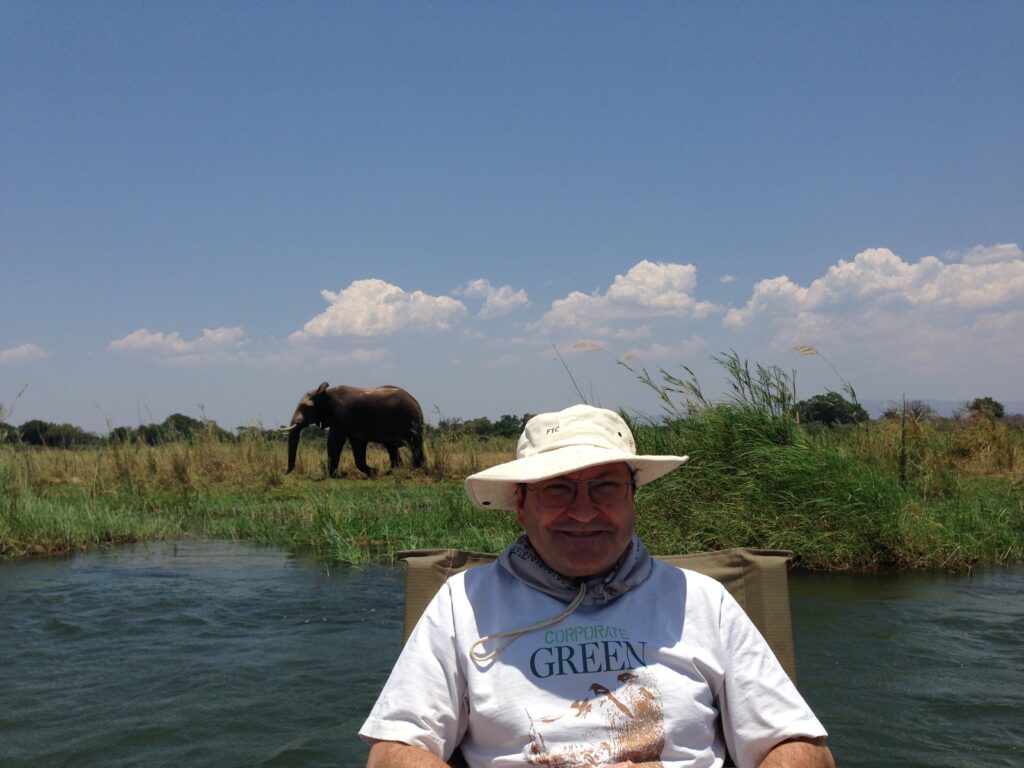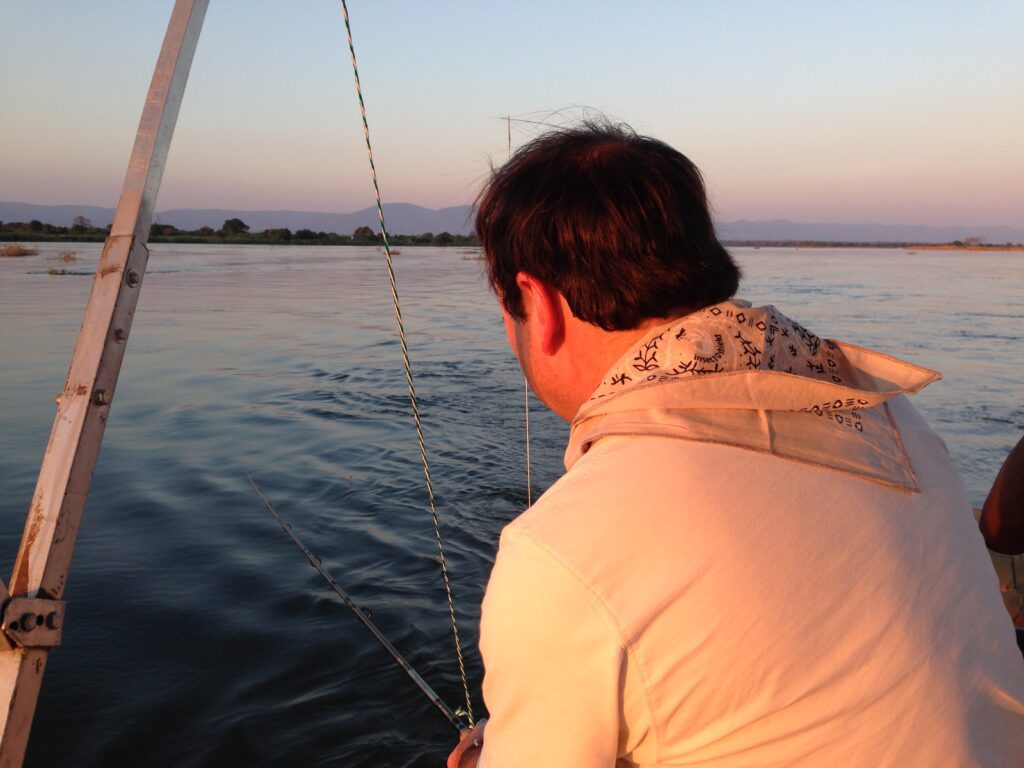Zambia – National Tourism Policy Zambia
Review and Development of National Tourism Policy for Zambia (see below for October 2014 Update)
What
Worked with the Ministry of Tourism, Environment and Natural Resources and industry stakeholders to review and develop a new National Tourism Policy.
The Tourism Policy was approved in 1997, but over the last decade the tourism sector witnessed many changes. Some of the key changes included a shift from a traditional emphasis on wildlife-based leisure tourism to growth in business tourism. This has resulted in increased meeting, incentive, conference, and exhibition (MICE) tourism, which has become an important source of income for hotels and service providers. Simultaneously, the focus of tourism accommodation has shifted from wildlife lodges and camps to hotels, motels and guesthouses.
There has also been an increase in emphasis on the management of protected areas, which still form a major part of Zambia’s tourist attractions. While the Government previously maintained a policy to protect national parks and game management areas from speculative tourism property developments, more recently there has been a notable increased in interest in the sustainable commercialization of Zambia’s protected areas.
Results:
- Detailed review and analysis of the Tourism Policy, Tourism Hospitality Act and other documentation. This analysis included consideration of economic, socio cultural issues, infrastructure development, business environment, promotion of domestic tourism, product development and tourism potential utilisation, Zambia’s competitiveness as a tourist destination, marketing, environmental mainstreaming, tourism statistics and information, institutional arrangements, poverty challenges, and human and natural resources.
- Report on best practices in national tourism policies in the region and globally, thus providing lessons from the experience of other countries.
- Stakeholders working group was formed to review the existing Policy.
- Draft Tourism Policy was submitted to Parliamentary Committees for integration into overall policy work.
Update on the Zambia National Tourism Policy, October 14th, 2015
Zambia Launches New Tourism Policy: A Destination on the Rise
Last week, Zambia’s Ministry of Tourism and Arts unveiled its new national Tourism Policy. The Policy provides a strategic framework for the sustainable development of tourism in Zambia. It also specifies roles for a cross-section of public and private sector stakeholders. And most importantly, the Policy positions the tourism sector as one of the country’s major contributors to job creation and foreign exchange earnings. As with many countries, realizing the consensus needed for a new Policy in Zambia was not a “slam dunk” instantaneous process.
After four years and two sessions of consensus building with many different stakeholders, the final policy is now ready for implementation. The Policy acknowledges the World Bank for providing technical assistance which “made it possible to obtain the services of an international consultant to spearhead the development of the Policy.” Well, as the “international consultant/spearhead,” am happy to see this finally available to help the country better tap its great potential in developing a sustainable tourism sector.
The process was first launched in 2011 with a task force chaired by Timothy Mushibwe, who was a leading accountant and corporate finance expert in Zambia, chair of the Zambia Tourism Board and past interim manager of the Zambia Wildlife Authority. Timothy, unfortunately, passed away in January 2015. His support and leadership of the process were critical when first launched in 2011 and then re-launched in 2013. He was a soft-spoken, but direct and firm lightning rod for rallying the cross-section of public and private sector support that is essential to developing a new Policy.
In 2013, the process was chaired by Ambassador Albert Muchanga, Director of Tourism, who was just as much of a force in bringing stakeholders together and moving the policy forward through the halls of Government. And then Permanent Secretary Stephen Mwansa and Minister of Tourism & Arts Jean Kapata brought the document out under their signatures. As the Minister wrote in the Policy, “effective implementation…will enable my Ministry [to] facilitate the transformation of the tourism, arts and culture sector into a viable and sustainable industry capable of significantly contributing to the GDP, job creation and poverty reduction.”
The Policy is organized according to the Government’s standard policy guidelines:
- A Situation Analysis
- Vision for Zambian Tourism
- Rationale for the Policy
- Guiding Principles upon which the Policy is based
- Objectives of what the Policy intends to achieve
- Measures for achieving the Objectives
- Implementation Framework
Zambia is well known for Victoria Falls, one of the seven wonders of the natural world, but its cultural diversity and extensive wildlife areas are less known, especially to the international tourism world. The country has 20 national parks and 36 game management areas, over 7000 natural and cultural heritage sites, as well as 73 tribes. Through tourism, the Government has the super ambitious goal of creating 1 mn formal jobs by 2016. To achieve this will require overcoming multiple challenges, which are specified in the policy, such as inadequate physical infrastructure, limited products, limited community participation, weak marketing and several others. Fortunately, Zambia has the basic ingredients – the natural and cultural attractions – to work past these challenges and make their vision a reality:
Make Zambia an exciting and growing destination that realizes its full potential and rewards tourists with unique, authentic and treasured experiences.
By 2030, Government aims for Zambia to be among the top five tourist destinations in Sub-Saharan Africa. Implementation of the Policy should help make that happen.



